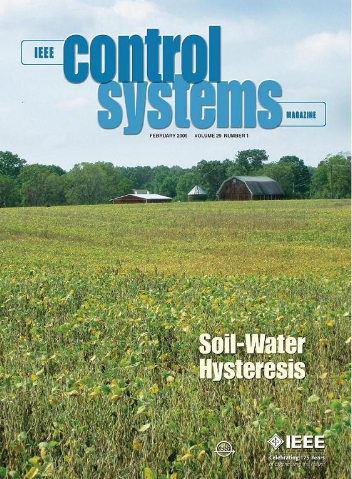基于学习的软机器人控制策略:理论、成就和未来挑战
IF 3.9
3区 计算机科学
Q2 AUTOMATION & CONTROL SYSTEMS
引用次数: 2
摘要
在过去的几十年里,软机器人技术通过将新的柔顺体引入刚性机器人世界,挑战了传统方法。这些技术和系统可以实现广泛的应用,包括人机交互和处理复杂环境。软体可以使其形状适应接触表面,将应力分布在更大的区域,并增加接触表面积,从而减少冲击力。本文章由计算机程序翻译,如有差异,请以英文原文为准。
Learning-Based Control Strategies for Soft Robots: Theory, Achievements, and Future Challenges
In the last few decades, soft robotics technologies have challenged conventional approaches by introducing new, compliant bodies to the world of rigid robots. These technologies and systems may enable a wide range of applications, including human–robot interaction and dealing with complex environments. Soft bodies can adapt their shape to contact surfaces, distribute stress over a larger area, and increase the contact surface area, thus reducing impact forces.
求助全文
通过发布文献求助,成功后即可免费获取论文全文。
去求助
来源期刊

IEEE Control Systems Magazine
工程技术-自动化与控制系统
CiteScore
3.70
自引率
5.30%
发文量
137
审稿时长
>12 weeks
期刊介绍:
As the official means of communication for the IEEE Control Systems Society, the IEEE Control Systems Magazine publishes interesting, useful, and informative material on all aspects of control system technology for the benefit of control educators, practitioners, and researchers.
 求助内容:
求助内容: 应助结果提醒方式:
应助结果提醒方式:


